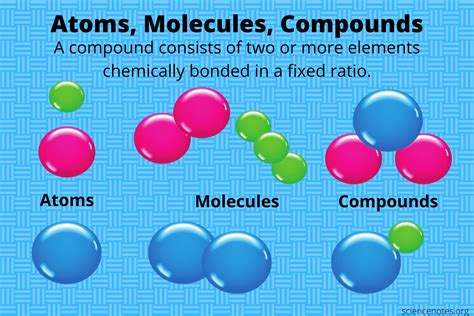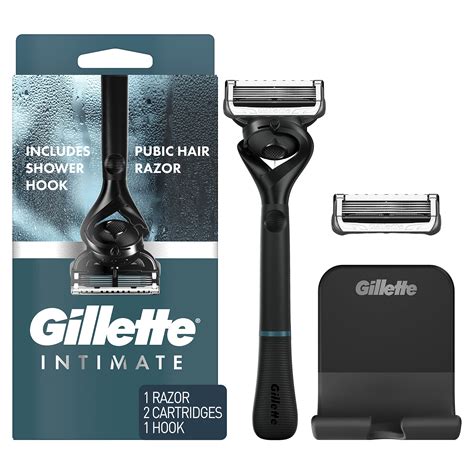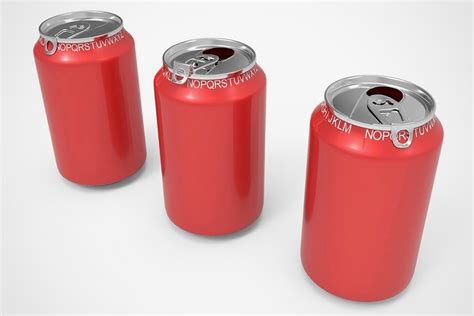How to optimize compound lifts for peak strength, power, and lean mass?

Unlocking Your Full Potential with Compound Lifts
Compound lifts are the cornerstone of any effective strength and muscle-building program. Unlike isolation exercises, these multi-joint movements – such as squats, deadlifts, bench presses, and overhead presses – engage multiple muscle groups simultaneously, leading to greater systemic stress, higher calorie expenditure, and superior gains in strength, power, and lean mass. But simply performing these lifts isn’t enough; true optimization requires a strategic approach.

Mastering Form and Technique: The Non-Negotiable Foundation
Before chasing heavy weights, perfect your form. Incorrect technique not only increases the risk of injury but also limits your ability to effectively load the target muscles and achieve optimal results. Dedicate time to learning proper mechanics for each lift, even if it means starting with lighter weights or just the bar. Focus on controlled movements, full range of motion, and feeling the muscles work. Consider filming your lifts or getting feedback from an experienced coach.
The Power of Progressive Overload
Progressive overload is the fundamental principle for continuous improvement. To get stronger and build more muscle, you must continually challenge your body beyond its previous capabilities. This can be achieved through:
- Increasing weight: The most common method, gradually lifting heavier loads over time.
- Increasing repetitions: Performing more reps with the same weight.
- Increasing sets: Adding more sets to your workout.
- Decreasing rest time: Performing the same work in less time.
- Improving tempo: Controlling the eccentric (lowering) phase or performing movements more explosively.
Consistently striving to beat your previous performance, even by a small margin, is key to long-term progress.

Strategic Rep Ranges for Targeted Gains
Different rep ranges elicit different physiological adaptations. Optimizing your compound lifts means intelligently cycling through or combining these ranges:
-
For Peak Strength (1-5 Reps)
Heavy loads in this rep range primarily develop neurological efficiency and muscle fiber recruitment. Focus on compound movements, ample rest between sets (3-5 minutes), and maintaining perfect form.
-
For Lean Mass/Hypertrophy (6-12 Reps)
This range is ideal for muscle growth, promoting mechanical tension and metabolic stress. Use moderate to heavy weights, maintain a controlled tempo, and aim for a shorter rest period (60-90 seconds) to maximize muscle pump.
-
For Power & Explosiveness (1-6 Reps, Moderate Load)
Power training involves moving a moderate load with maximum speed and intent. Focus on explosive concentric (lifting) phases, often incorporating variations like power cleans, snatches, or plyometric push-ups. Rest periods should be longer to ensure full recovery for each powerful effort.
Implementing periodization, where you cycle through phases focused on different rep ranges, can be highly effective for achieving multiple goals.

Programming and Periodization
A well-structured program is crucial. Avoid haphazard workouts. Instead, design a routine that allows for progressive overload, incorporates appropriate rep ranges for your goals, and includes adequate recovery. For example, a beginner might benefit from a full-body routine 3 times a week, while advanced lifters might use a split routine or more complex periodized models (e.g., block periodization, undulating periodization) to manage fatigue and specialize training.
The Critical Role of Nutrition and Recovery
Your efforts in the gym are only as effective as your commitment to recovery and nutrition. Without proper fuel and rest, your body cannot repair muscle tissue, adapt to training stress, or grow stronger.
-
Nutrition:
Prioritize adequate protein intake (1.6-2.2g per kg body weight) to support muscle repair and growth. Ensure sufficient carbohydrates for energy and fats for hormonal balance. Hydration is also paramount.
-
Recovery:
Aim for 7-9 hours of quality sleep per night. Incorporate rest days into your training schedule, and consider active recovery like stretching, foam rolling, or light cardio to aid circulation and reduce soreness.

Key Compound Lifts to Master
While many exercises exist, focus on the big five to build a strong foundation:
- Barbell Squat: Works quads, glutes, hamstrings, and core.
- Deadlift: Engages entire posterior chain (back, glutes, hamstrings) and grip strength.
- Bench Press: Targets chest, front deltoids, and triceps.
- Overhead Press (OHP): Builds shoulder strength, triceps, and core stability.
- Barbell Row (or Pendlay Row): Develops back thickness, lats, and biceps.
Variations of these lifts (e.g., front squats, incline bench, Romanian deadlifts) can be incorporated to target specific areas or overcome plateaus.

Conclusion
Optimizing compound lifts is a journey that combines technical precision, intelligent programming, consistent effort, and a holistic approach to recovery and nutrition. By dedicating yourself to mastering form, embracing progressive overload, strategically varying your rep ranges, and prioritizing your body’s needs outside the gym, you will undoubtedly unlock new levels of strength, power, and lean muscle mass, transforming your physique and athletic capabilities.








